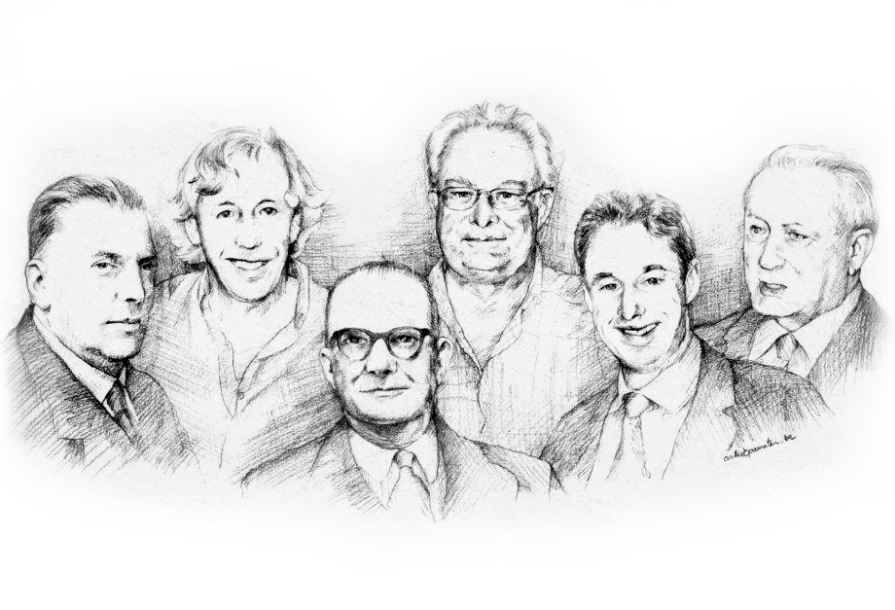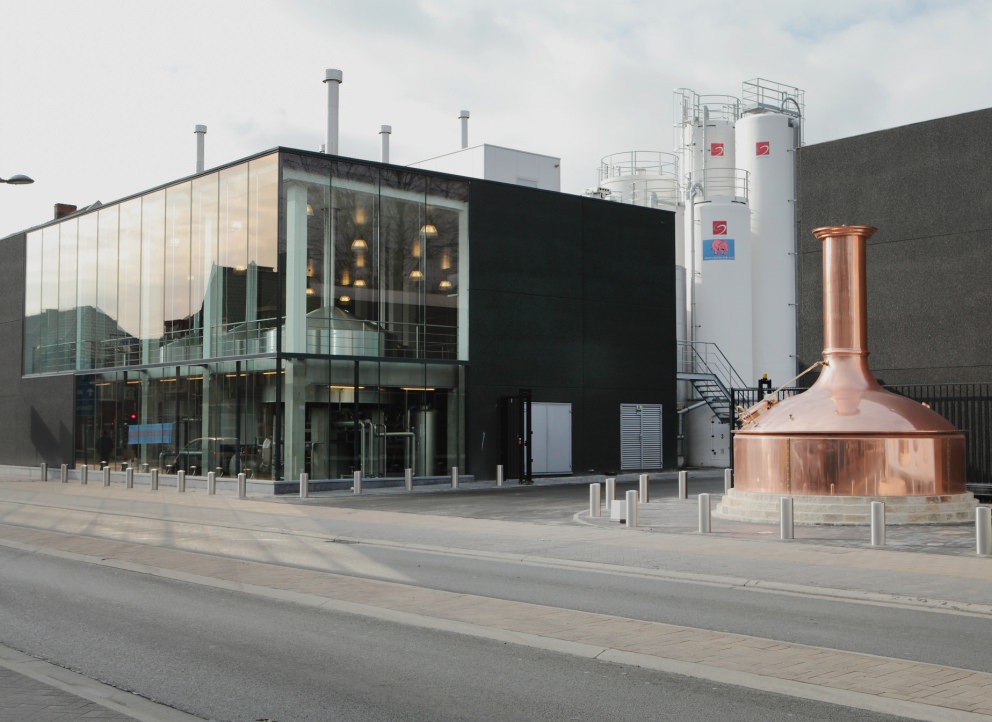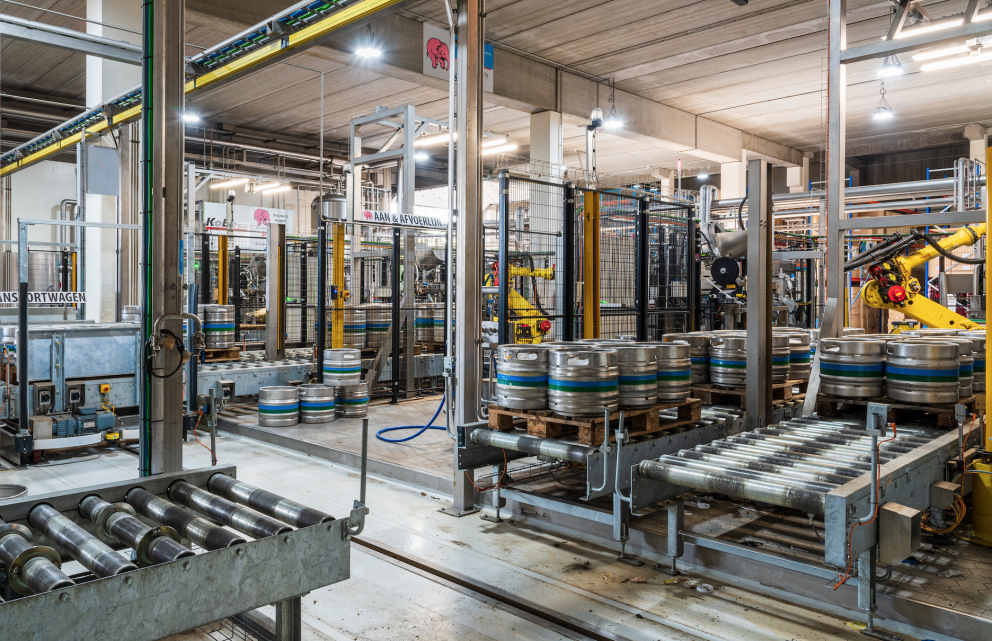The 4th generation
Brewing beer is a centuries-old tradition at the site of the Appelhoek in Melle. The local art of beer brewing has roots dating as far as the 17th century. In 1902 one Léon Huyghe starts working at the local brewery. In the years that follow Léon ushers the old mammoth into the modern age and a proud, in 1989 a pink little elephant is born.
In 1925 Léon Huyghe is joined at the brewery by his son Albert and son-in-law Louis and the brewery is officially renamed Brewery L. Huyghe. Today, Alain De Laet, 4th generation Huyghe, stirs the brew kettles. The little elephant of olden days has grown into a sturdy Belgian mastodon.


Pink elephant, green footprint
Scale-up is not the same as proliferation. Over the years, a balanced range with a unique taste palette has been Brewery Huyghe’s number one priority. The pursuit of top quality is coupled with care of and responsibilities towards people and the environment. Our pink elephant may have strong legs, its footprint is undeniably green.
Corporate social responsibility also implies sustainable investments in high-tech innovations. Our hypermodern Krones hall is a perfect case in point. With its capacity of 350,000 hectolitres, 5 brew kettles, cutting-edge filtration technology and ultra-efficient bottling line, the hall has been our crowning achievement ever since its commissioning in 2011. Brewery Huyghe’s future is looking rosy indeed - or what did you expect?

Here are a few of our showpieces:
- Five brew kettles including a mash tun for raw grains (78hl), a mash tun for malt (142hl), a buffer tank (189hl), a cooker (224hl) and a whirlpool (202hl).
- The latest filtration technology in the brewing hall (Meura Junior 2001).
- An extremely efficient bottling line (Krones - 20,000 bottles/hour).
- A tunnel pasteurisation machine.
- Industrial automation (procat / Hyline ).
- Electric cabling and lighting (Francis Tytgat).
- Ten bright beer tanks of 600 hectolitres.
- 65 cylindro-conical fermentation and lagering tanks of a capacity between 100 and 1200 hectolitres each.
- An automatic CIP (Cleaning In Place) system.
- An automatic yeast propagator.
- High-efficiency refrigeration compressors.
- Solar panels cover 18% of total energy consumption.
- Yeast and sugar dosage in the line.
- New water wells (reduce mains water consumption).
- Insulation steam boilers and steam pipes.
- Air-cooled CO2 heaters in the compressor room.
- Five sugar tanks.
- Anaerobe and Aerobe wastewater purification plant (2019)
- Water purification via membrane filtration (2019).